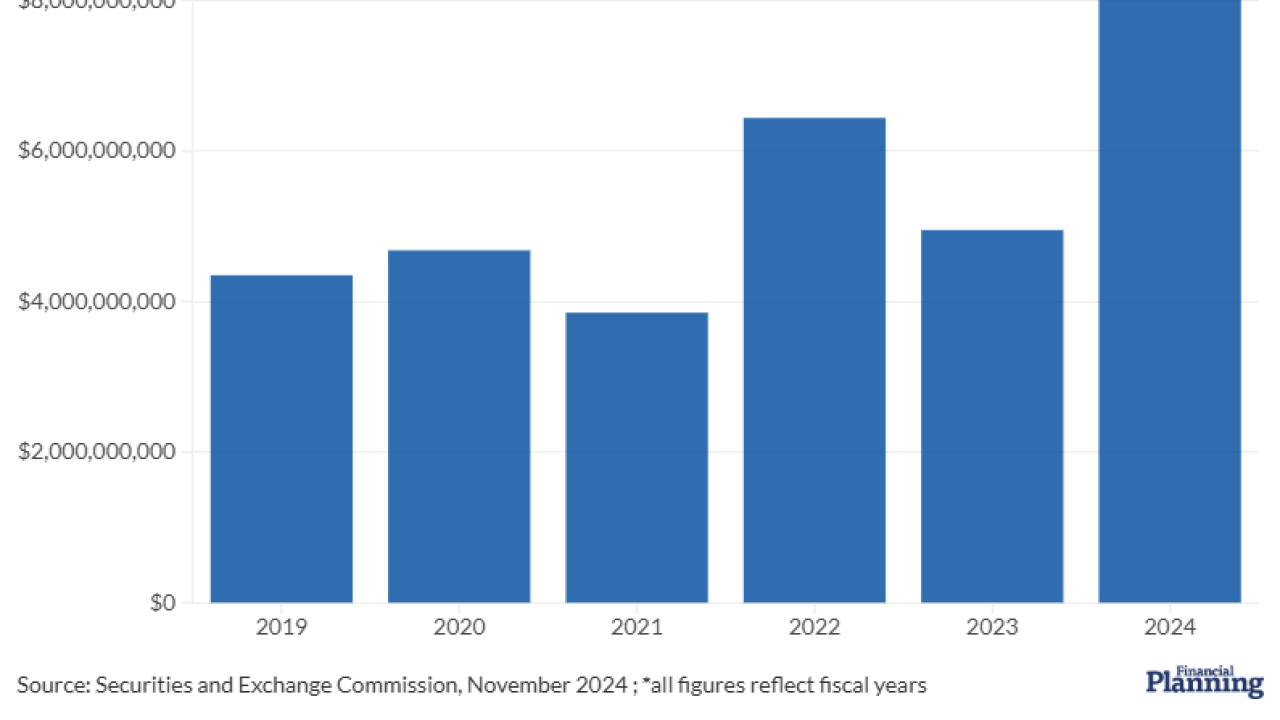With AI's accelerated presence in wealthtech over the last few years, building a modern, effective and sustainable

Here are four ways to approach the process while avoiding some common traps.
Focus on business goals
A typical advisory firm balances multiple strategic goals, including growth, client retention, decreasing costs and ensuring long-term succession. If growth is the primary focus, prioritize solutions that will
One LPL Financial advisor who wanted to scale their practice invested in a lightweight, i.e., simple and easy to use, financial planning tool designed specifically for
READ MORE:
Applying the business goals lens to a tech stack also
Strive for seamless integration
Financial advisors counsel investors to increase portfolio efficacy with investments that serve complementary roles within their asset holdings. That's also good counsel for advisors choosing technology tools. Before investing, make sure the tool integrates with existing core systems like CRM, performance reporting or planning software, and that they, in turn, are deeply connected to investment platforms and custodial processes.
By contrast, a siloed approach, in which each piece of technology operates independently, often wastes time and duplicates data. Using the guiding principle "never enter data twice," look for systems designed to work together or that use middleware to connect different technologies.
READ MORE:
A well-integrated tech stack allows data to flow seamlessly between platforms, reducing the risk of errors. It also saves priceless time: One small RIA I work with cut proposal generation from 45 minutes to under 10 minutes by combining financial planning and proposal tools.
Look beyond AI razzle-dazzle
The emergence of
But
READ MORE:
The moral: Even the most impressive sounding AI tools only create value if they're credible, easy to use and fit into advisor workflows. Otherwise, they become more of a burden than a benefit.
Avoid tech debt
When advisors choose overly complex software or rely on multiple vendors to construct their stack they risk incurring tech debt — the long-term cost of
As it turned out, while the discrete capabilities of the tools were strong, the firm underestimated the cost and complexity of stitching them together. Months of development and data reconciliation issues followed. In hindsight, the firm could have accelerated ROI and avoided tech debt by choosing a pre-integrated platform, even if it meant sacrificing a few niche features.
One last piece of advice: When adding new tools, don't go it alone. If your team lacks technical skills, collaborate with a firm that can help select, integrate and maintain your tech stack.





